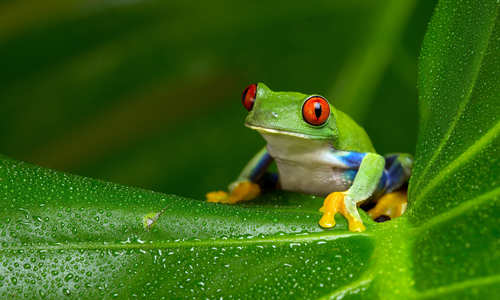Introduction
The Pantanal region of Brazil is the world's largest freshwater wetland and a haven for wildlife. This UNESCO Biosphere Reserve covers a truly enormous area - larger than France and around 20 times the size of the Florida Everglades. Most of it lies within the Brazilian state of Mato Grosso do Sul, but the seasonally flooded basin also extends into the neighbouring state of Mato Grosso, as well as Bolivia and Paraguay.
Although the Amazon is much better known, travellers often find it easier to see wildlife in the open landscapes of the Pantanal than the dense Amazon rainforest. The astonishing biodiversity in the Pantanal includes tapirs, capybaras, caimans, giant anteaters and numerous waterbirds. Amphibians and fish also thrive, which in turn sustain birds such as the anhinga. This distinctive cormorant can often be seen diving for fish or perching on branches, drying its wings. Jaguars, ocelots and anacondas are other notable species to look out for during a tailor made Pantanal tour.
Wildlife viewing is the main reason that visitors make their way to the Pantanal. However, the Pantanal is also important cowboy country, with large parts given over to cattle farming. Brahman cattle and pantaneiros - Brazilian cowboys - are a familiar sight, and staying on a traditional ranch house, or fazenda, is a great way to learn about the cowboy way of life.







